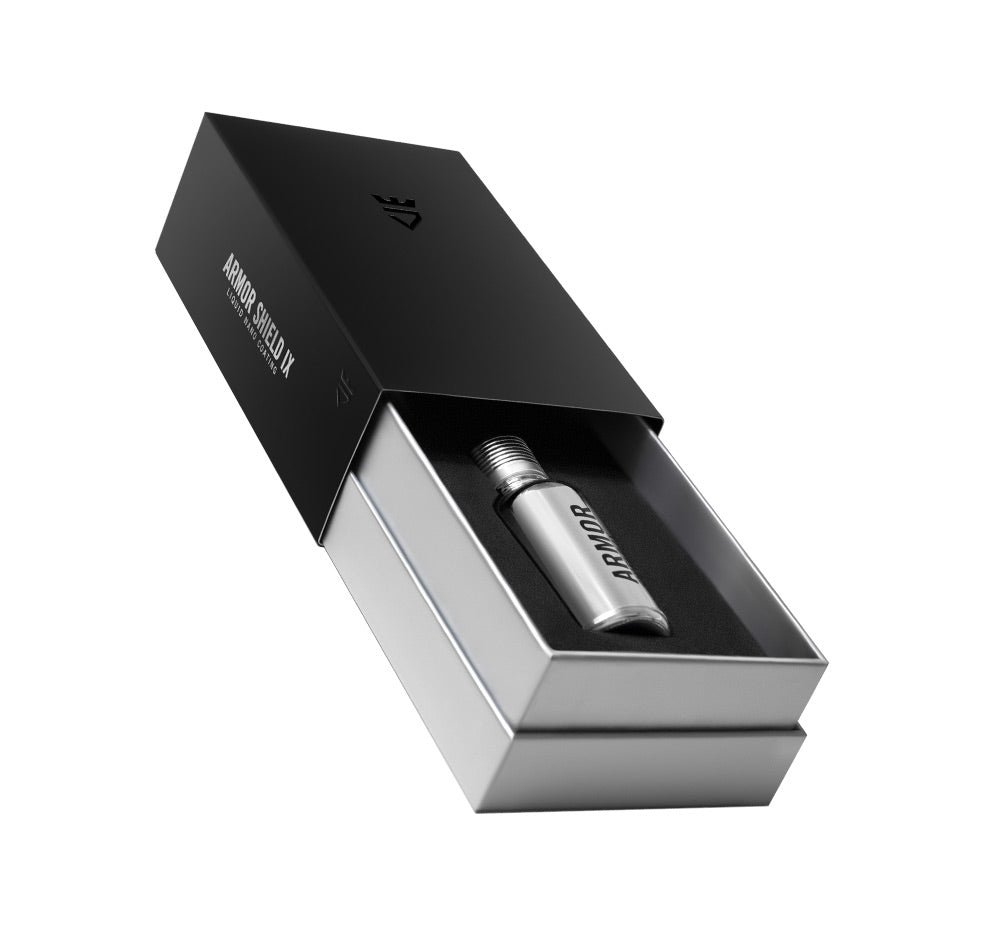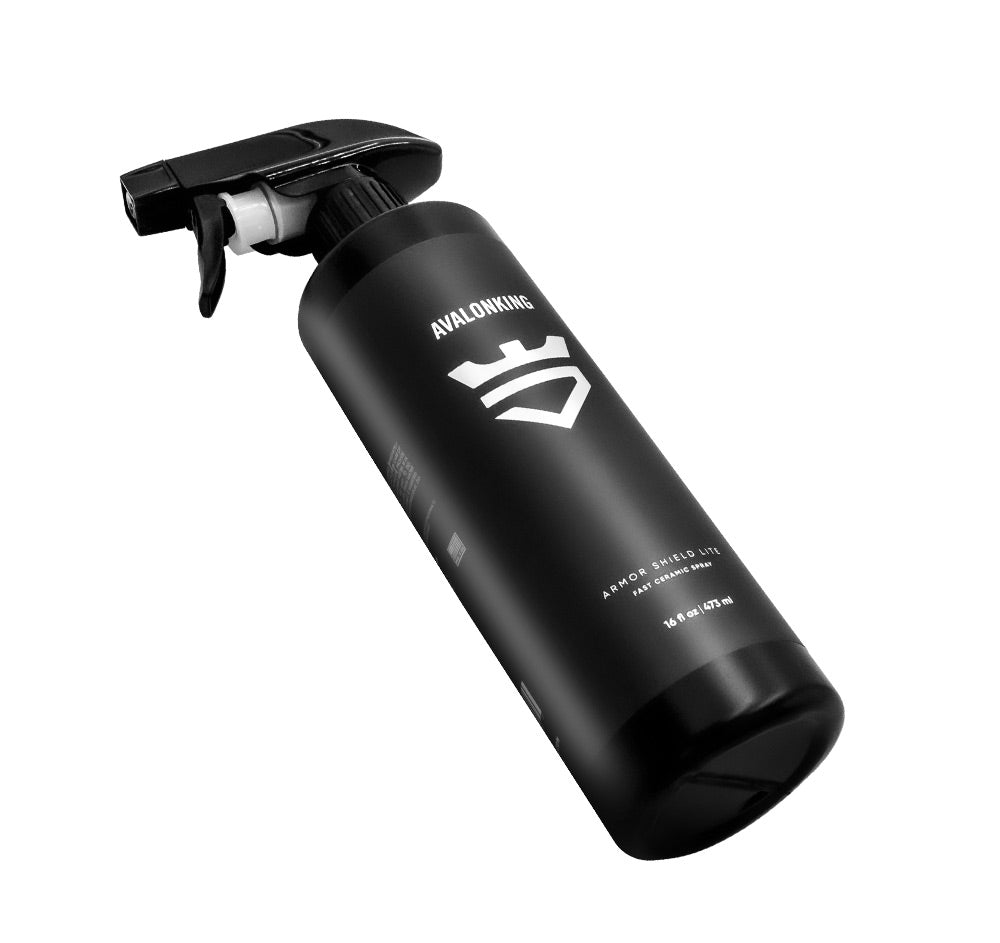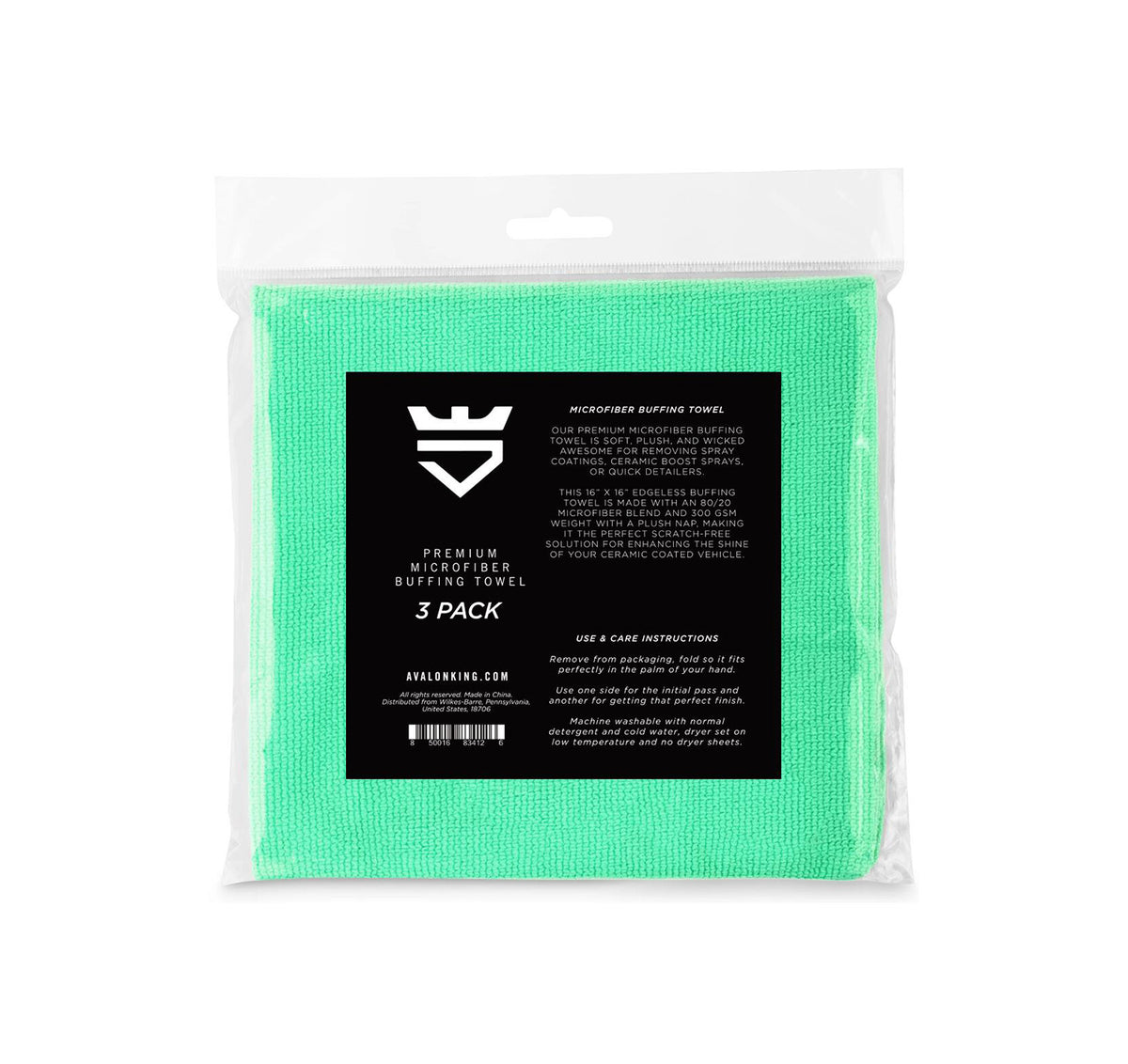Window Tint 101: How to Choose the Right Window Tint
Imagine cruising down the highway, your car looking sleek and feeling cool, all thanks to the perfect window tint. But here's the kicker: choosing the right window tint isn't as straightforward as picking your favorite shade of sunglasses. Oh no, it's an art form, a science, and a bit of a legal dance all rolled into one.
Why Tint Your Windows?
Before we dive into the nitty-gritty of window tints, let's address the elephant in the room: why tint your windows in the first place? Is it just for looks, or is there more to it?
The Cool Factor
First off, yes, tinted windows look undeniably cool. They give your car that mysterious, sleek vibe that turns heads. But aesthetics aside, there's a practical side to window tinting that's even more compelling.
UV Protection and Interior Preservation
Did you know that prolonged exposure to the sun's UV rays can turn your car's interior into something resembling a well-worn leather boot? Tinting your windows can block a significant amount of these harmful rays, preserving your dashboard, seats, and even your skin from damage.
Privacy and Security
There's also the privacy factor. With tinted windows, you can keep prying eyes at bay, whether you're carrying valuable cargo or just prefer to keep your karaoke sessions private. Plus, it adds an extra layer of security, making it harder for would-be thieves to spot anything worth nabbing.
Understanding Tint Levels
Not all tints are created equal. The level of tint you choose will affect everything from your car's appearance to how well you can see out of your windows at night. Let's break it down.
Visible Light Transmission (VLT)
VLT is the percentage of light that a window tint allows to pass through your car's windows. A higher VLT means more light gets through, while a lower VLT means less light. Choosing the right VLT is a balancing act between aesthetics, functionality, and legality.
Choosing the Right VLT for You
When selecting a VLT, consider your primary reason for tinting your windows. Are you looking for maximum privacy, or is UV protection your main concern? Maybe you're after a balance of both. Keep in mind that the darker the tint, the harder it might be to see out of your windows in low-light conditions.
The Legal Side of Things
Here's where it gets tricky. Window tinting laws vary wildly from one place to another. What's perfectly legal in one state might get you pulled over in another. Let's navigate these murky waters together.
State-Specific Laws
Most states have specific regulations regarding how dark your window tint can be, often expressed in terms of VLT percentage. Some states also have rules about which windows can be tinted and to what degree. It's crucial to check your local laws before making any decisions.
Medical Exemptions
In some cases, individuals with certain medical conditions may be exempt from standard tinting laws. If you think you might qualify, it's worth investigating further. Just be prepared to provide the necessary documentation.
Types of Window Tint
Not all window tints are made of the same stuff. From metallic films to ceramic options, each type has its pros and cons. Let's explore.
Dyed Window Tint
Dyed window tint is the most budget-friendly option, offering privacy and a cooler interior without breaking the bank. However, it's less effective at blocking UV rays and can fade over time.
Metalized Window Tint
This type of tint uses tiny metallic particles to block heat and UV rays. It's more durable than dyed tint and doesn't fade. However, it can interfere with radio and GPS signals and has a shinier appearance that not everyone loves.
Ceramic Window Tint
The crème de la crème of window tints, ceramic tint offers superior UV protection, doesn't fade, and won't interfere with electronic signals. It's also the most expensive option, but for many, the benefits outweigh the cost.
Installation: DIY or Professional?
So, you've chosen your perfect tint. Now, how do you get it on your windows? Let's weigh the options.
The DIY Route
If you're handy and looking to save some cash, DIY window tinting kits are available. Just be warned: it requires patience, precision, and a dust-free environment. Mistakes can be costly, both in terms of materials and potential fines for improper installation.
Going Professional
For those who prefer to leave it to the experts, professional window tinting is the way to go. Yes, it's more expensive, but you're paying for experience, the right tools for the job, and peace of mind. Plus, many professionals offer warranties on their work.
Final Thoughts
Choosing the right window tint involves balancing aesthetics, functionality, legality, and budget. Whether you're after that cool, mysterious look, seeking protection from the sun, or aiming for a bit of privacy, there's a window tint solution out there for you. Just remember to do your homework, consider your options carefully, and when in doubt, consult a professional. Happy tinting!
Now that you're equipped with the knowledge to choose the right window tint for your ride, why not give your car the complete care it deserves? At AvalonKing, we understand the importance of maintaining your vehicle's aesthetic and protecting your investment. From top-of-the-line ceramic coatings to premium car shampoos, we've got everything you need to keep your car looking as sharp as its new tint. Check out our products and experience the AvalonKing difference today!










